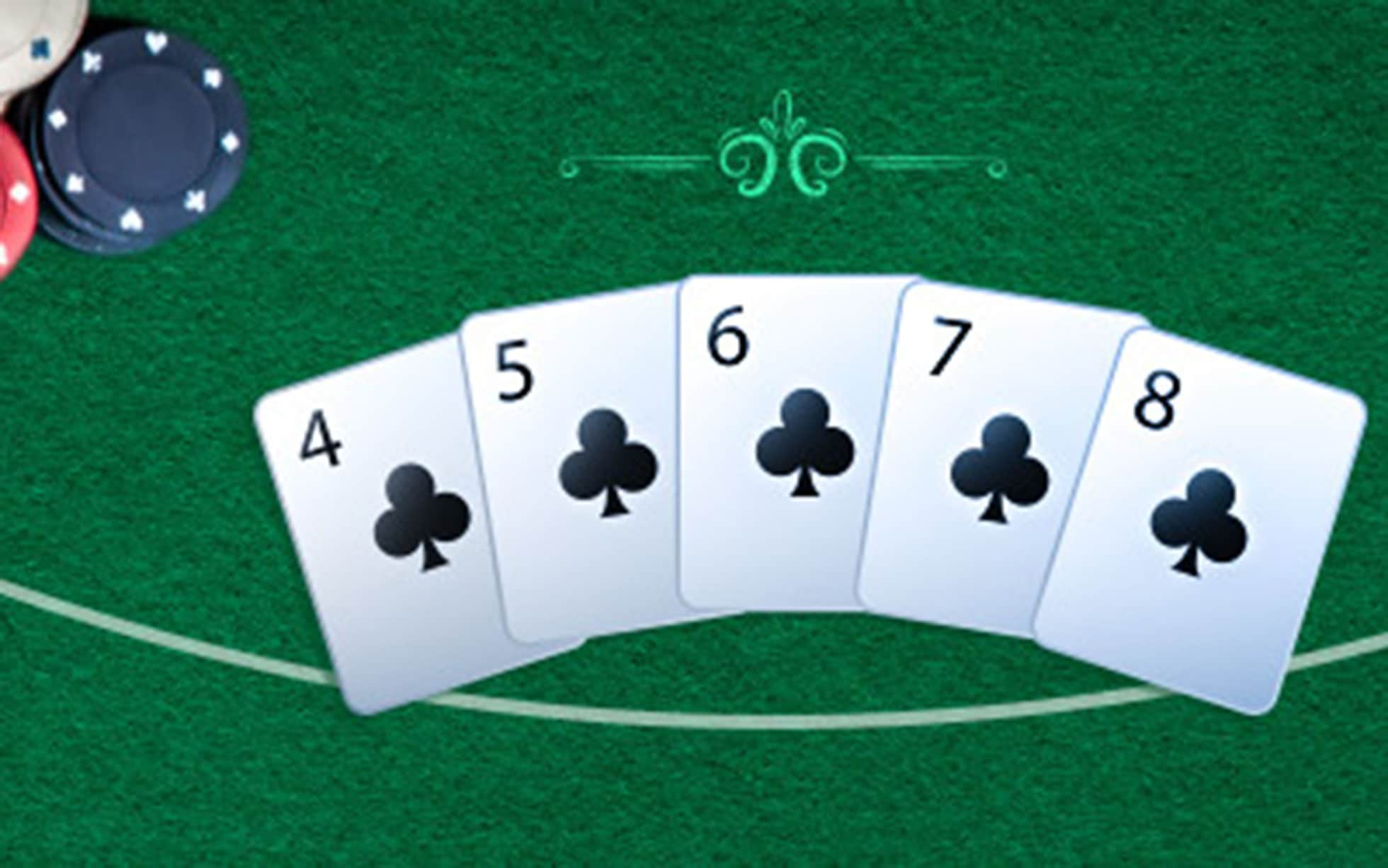
Poker is a game of chance, but players can increase their chances of winning by applying skill and logical reasoning. This is why many people choose to play poker as a hobby. It’s also a great way to meet new people from all walks of life and learn something new every time you play. This makes poker a very social game that helps build cognitive skills.
Poker players must develop quick math skills in order to make the best decisions at the table. This is especially true as the stakes get higher. It is vital to understand how hands beat other hands and what kind of flop you need to hit in order to win. These concepts will become ingrained in your poker brain over time, and you will naturally consider them as you make decisions during hands.
Another important poker skill is being able to read the other players at the table. This involves watching for tells, which are nervous habits like fiddling with a ring or a deck of cards. It also involves understanding how to read the other players at the table and their betting patterns. For example, you can see that a player who raises their bet on the flop is likely holding a strong hand.
The final poker skill that players must have is being able to think critically and logically. Poker requires a lot of mental energy and concentration, which is good for the brain. It’s also a great stress buster, and it encourages people to use their problem-solving skills in order to succeed. The game also helps develop myelin, which is a protective fiber that helps the brain function optimally.
There are a few things that all poker players should work on in order to improve their game. First, they should practice their hand ranges and hand reading. They should also practice their bet sizes and position. The more they practice, the better they will get at these things. They should also watch experienced players to learn how to react in different situations. This will help them develop their own quick instincts and improve their own poker playing skills. In addition, they should try to avoid over-playing, which can be dangerous for their bankrolls. Finally, they should make sure to be in the best physical condition possible for long poker sessions. This will help them stay focused and avoid fatigue. It will also allow them to concentrate on their game and avoid making mistakes.